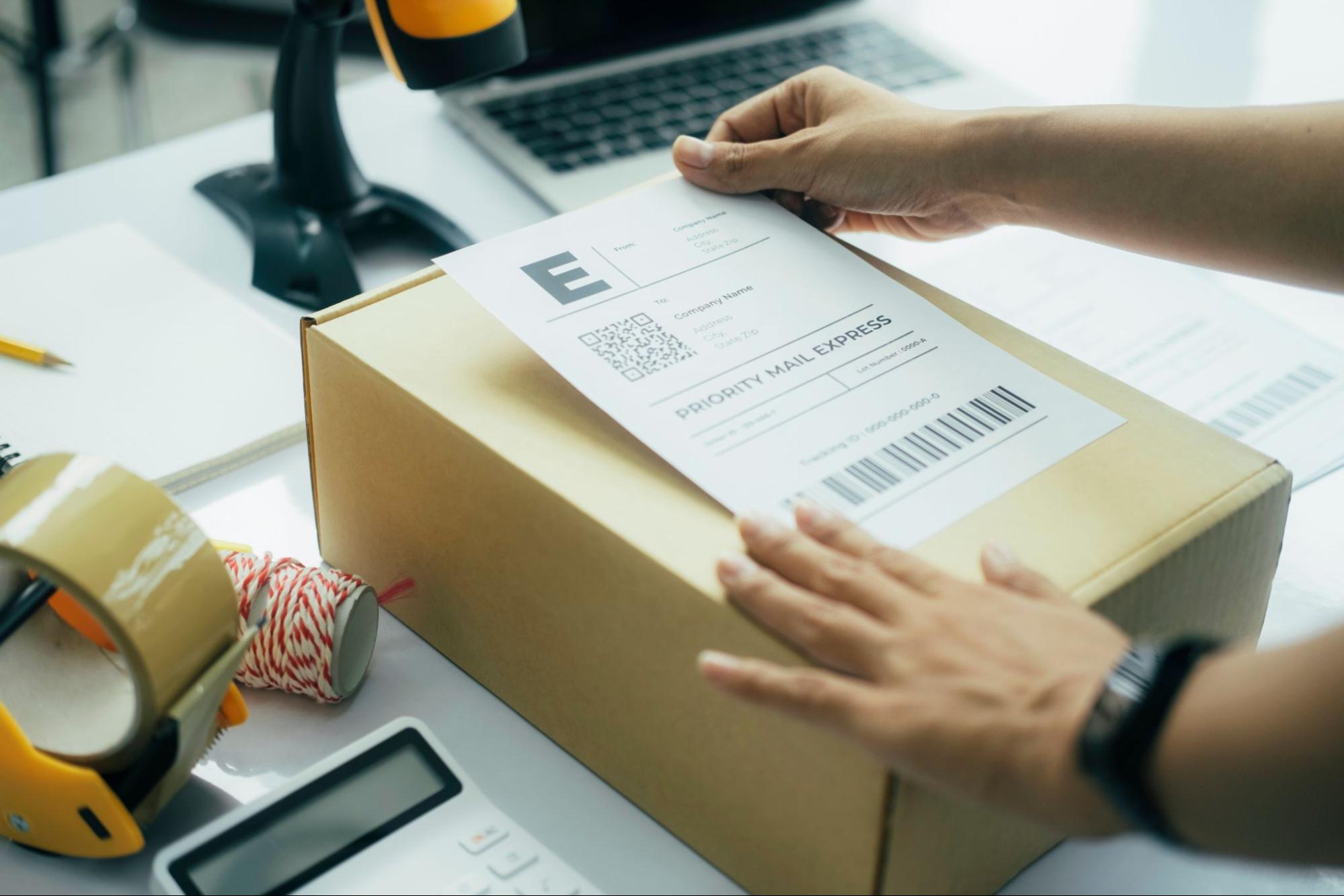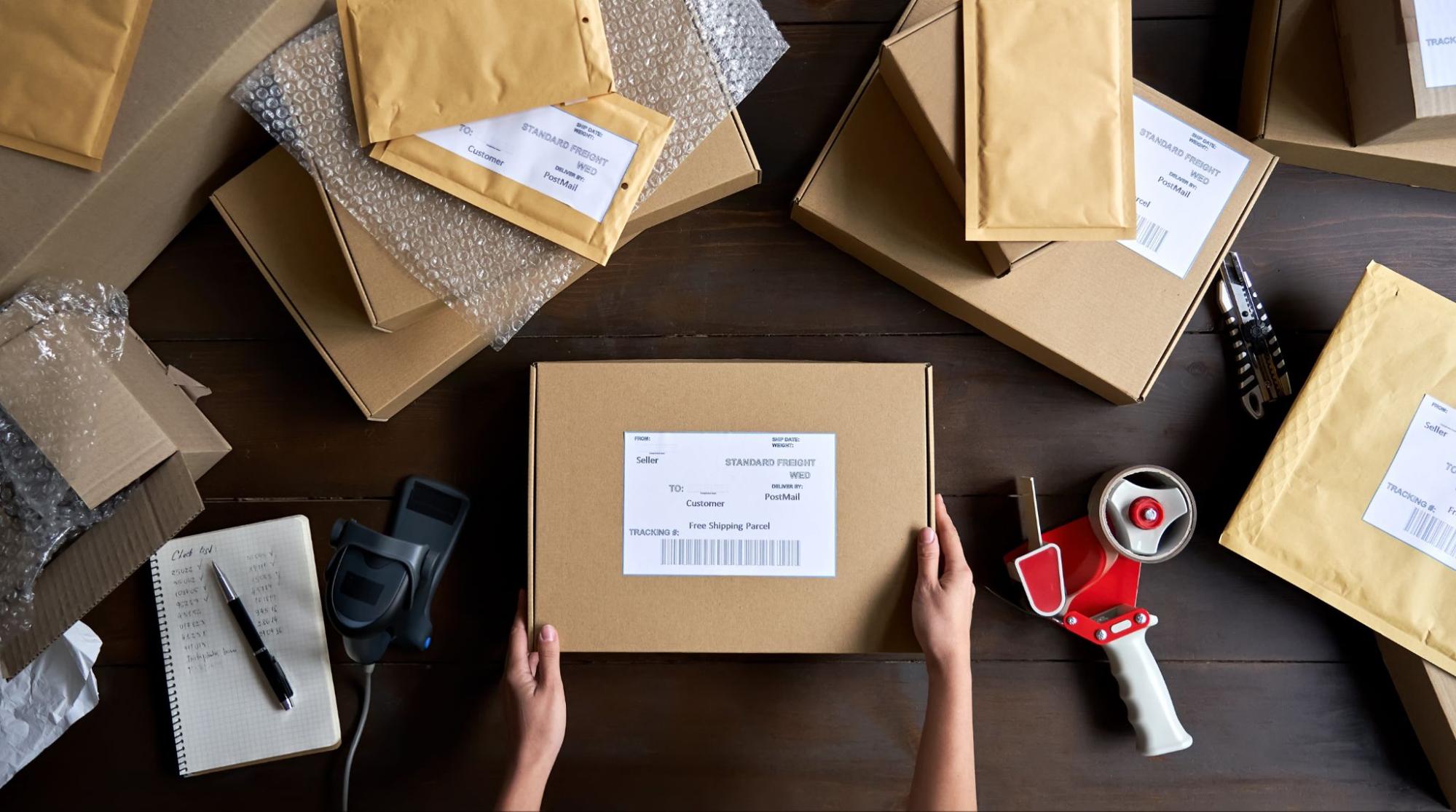Whatnot has become a popular platform for resellers, offering a unique space where sellers can live auction their items in real-time. Pricing items for a Whatnot auction requires careful consideration to maximize sales and guarantee profitability. We’ll examine the strategies you can use to price your items effectively.
1. Understand Whatnot’s Auction Format
Before discussing pricing strategies, it is very important to understand how Whatnot auctions operate. Unlike fixed-price platforms, the platform’s auctions give sellers only a limited time to sell each item. Buyers place bids during live streams, and the highest bidder wins when the timer runs out. This dynamic environment creates many opportunities but also causes problems with pricing.
One main feature of Whatnot is the short auction length. Sellers can set their auctions between 15 seconds and 2 minutes, depending on the speed at which they want their items to move. This fast-paced format requires sellers to engage with potential buyers, keeping the bidding competitive and energetic.
2. Calculate the Fees
Pricing your items must also factor in Whatnot’s selling and processing fees. Whatnot charges a flat 8% commission on the final sale price of an item, plus 2.9% + 30 cents processing fee. These fees may seem small but can add up, particularly on lower-priced items. For example, if you sell an item for $10, the total fee would be around $1.50, leaving you only $8.50.
To make sure you don’t underprice your items, think about these fees when setting the minimum price. Start by calculating what you need to make from the sale after fees and adjust accordingly. This step is essential for maintaining profitability, especially if you are selling items with small margins.
3. Research Market Trends and Competitors
Understanding the current market is one of the most crucial parts of pricing your items for a Whatnot auction. Research similar items on Whatnot and other platforms to get an idea of what buyers are willing to pay. Watching live auctions is another great way to see how items are being priced and how buyers respond. The key is finding the sweet spot between competitive pricing and profitability.
Platforms like eBay and Poshmark can provide further insights into mark pricing, as items similar to what you’re selling may have different demands across platforms. Compare pricing across these platforms to get a complete view of your item’s value. Also, bear in mind the seasonality and trends in your category. Collectibles might get higher prices during specific times of the year or when demand spikes due to related pop culture events.
4. Start with a Low Bid to Spark Interest
One of the best ways to encourage bidding is by starting with a low initial bid. This strategy generates excitement, especially when buyers believe they might get a great deal. Resellers on Whatnot have found success by starting their auctions at $1 or $5, regardless of the item’s value. This low barrier tempts buyers to bid, and as more buyers bid, the price gets higher.
However, this strategy comes with some risks. If the bidding doesn’t pick up momentum, you could end up selling an item for less than you anticipated. To reduce this risk, carefully select which items you start with low bids.
5. Set a Minimum Price for Valuable Items
While starting with a low bid is great for many items, some valuable pieces may need a higher starting point to avoid underselling. In these cases, setting a minimum or reserve price is important. A reserve price is the lowest amount you are willing to accept for an item. Although Whatnot does not allow you to set a reserve price in the usual sense, you can control the starting bid and avoid setting it too low. If you sell a collectible worth $100, starting the bid at $50 gives you more security. This strategy works well for buyers who will pay a premium for rare or high-demand items.
6. Bundle Items to Add Value
Another effective pricing strategy on Whatnot is bundling multiple items together. Bundling works especially well if you have lower-priced items that might not attract much interest on their own. By grouping several similar or complementary items, you can increase the perceived value and justify a higher starting price. For example, if you’re selling vintage comic books, bundling five together can generate more excitement than selling each individually. Buyers feel like they’re getting a deal while you benefit from a higher final sale price.
7. Be Aware of Buyer Psychology and FOMO
Understanding buyer psychology is crucial when pricing items for a Whatnot auction. Live auctions create a sense of urgency and fear of missing out (FOMO) that can drive up prices. When buyers feel they’re in competition, they’re more likely to bid higher than they would on a fixed-price listing. Leverage this by creating scarcity during your auction. Mention that certain items are in limited supply or that this is the only time you’ll auction off a specific piece. This strategy encourages competitive bidding and can help boost the final sale price.
8. Adjust Pricing Mid-Auction Based on Engagement
One of the advantages of Whatnot’s live format is the ability to adjust your pricing strategy in real-time. Pay attention to the level of engagement from your viewers. If an item isn’t attracting bids, you might need to lower the price or add incentives, such as free shipping, to spark interest. On the other hand, if buyers are actively bidding and interest is high, you can extend the auction duration slightly to allow more bids to come in, maximizing the final price.
9. Factor in Shipping Costs
When pricing your items, don’t forget to factor in shipping costs. Whatnot provides shipping labels, but sellers are responsible for paying the shipping fee based on the item’s weight and size. Ensure your starting price accounts for the potential shipping costs to avoid cutting your profits. Sellers can either pay for it or subsidize the cost with their buyer. For larger or heavier items, it may be helpful to estimate the shipping costs upfront so buyers understand what they might be paying in total. Transparent communication about shipping can help build trust with your audience and avoid potential issues later.
10. Experiment and Learn from Your Auctions
There is no perfect approach to pricing on Whatnot. Each auction is different, and what works for one seller may not work for another. The key is to experiment and learn from your experience. Try different starting bids, test out bundling strategies, and pay attention to which items sell fastest or get the highest prices. Analyzing the results of each auction will help you refine your pricing strategy over time. Pay attention to buyer behavior, engagement, and overall market trends to continuously improve your auctions.
Get Started and Master Pricing on Whatnot
Pricing your items for a Whatnot auction requires a good balance between strategy, research, and flexibility. Understanding the flow of the platform’s auctions, researching market prices, and testing different strategies can boost your profits while keeping buyers engaged.
If you want more tips on reselling and auction success – subscribe to Resale Pro’s newsletter for the latest insights and expert advice on selling across platforms like Whatnot. Subscribe today!




